A tool box for operational mosquito larval control: preliminary results and early lessons from the Urban Malaria Control Programme in Dar es Salaam, Tanzania
- PMID: 18218148
- PMCID: PMC2259364
- DOI: 10.1186/1475-2875-7-20
A tool box for operational mosquito larval control: preliminary results and early lessons from the Urban Malaria Control Programme in Dar es Salaam, Tanzania
Abstract
Background: As the population of Africa rapidly urbanizes, large populations could be protected from malaria by controlling aquatic stages of mosquitoes if cost-effective and scalable implementation systems can be designed.
Methods: A recently initiated Urban Malaria Control Programme in Dar es Salaam delegates responsibility for routine mosquito control and surveillance to modestly-paid community members, known as Community-Owned Resource Persons (CORPs). New vector surveillance, larviciding and management systems were designed and evaluated in 15 city wards to allow timely collection, interpretation and reaction to entomologic monitoring data using practical procedures that rely on minimal technology. After one year of baseline data collection, operational larviciding with Bacillus thuringiensis var. israelensis commenced in March 2006 in three selected wards.
Results: The procedures and staff management systems described greatly improved standards of larval surveillance relative to that reported at the outset of this programme. In the first year of the programme, over 65,000 potential Anopheles habitats were surveyed by 90 CORPs on a weekly basis. Reaction times to vector surveillance at observations were one day, week and month at ward, municipal and city levels, respectively. One year of community-based larviciding reduced transmission by the primary malaria vector, Anopheles gambiae s.l., by 31% (95% C.I. = 21.6-37.6%; p = 0.04).
Conclusion: This novel management, monitoring and evaluation system for implementing routine larviciding of malaria vectors in African cities has shown considerable potential for sustained, rapidly responsive, data-driven and affordable application. Nevertheless, the true programmatic value of larviciding in urban Africa can only be established through longer-term programmes which are stably financed and allow the operational teams and management infrastructures to mature by learning from experience.
Figures
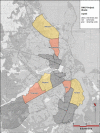




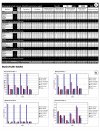
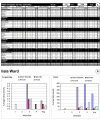

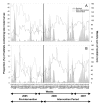
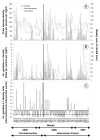

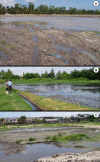
References
-
- Keiser J, Utzinger J, Caldas de Castro M, Smith TA, Tanner M, Singer BH. Urbanization in sub-saharan Africa and implication for malaria control. Am J Trop Med Hyg. 2004;71:118–127. - PubMed
-
- Robert V, Macintyre K, Keating J, Trape JF, Duchemin JB, Warren M, Beier JC. Malaria transmission in urban sub-Saharan Africa. Am J Trop Med Hyg. 2003;68:169–176. - PubMed
Publication types
MeSH terms
Grants and funding
LinkOut - more resources
Full Text Sources
Medical
Research Materials

